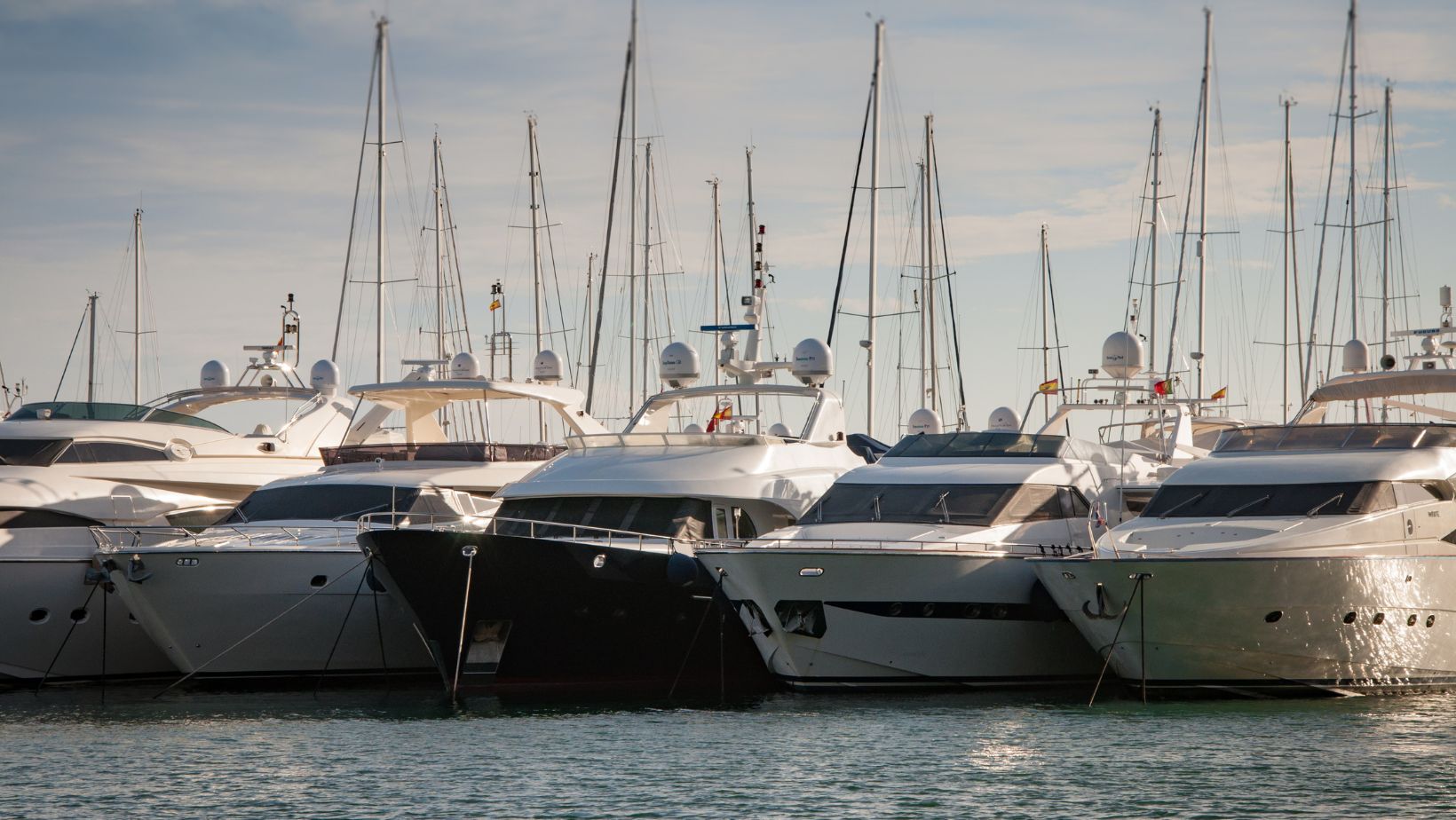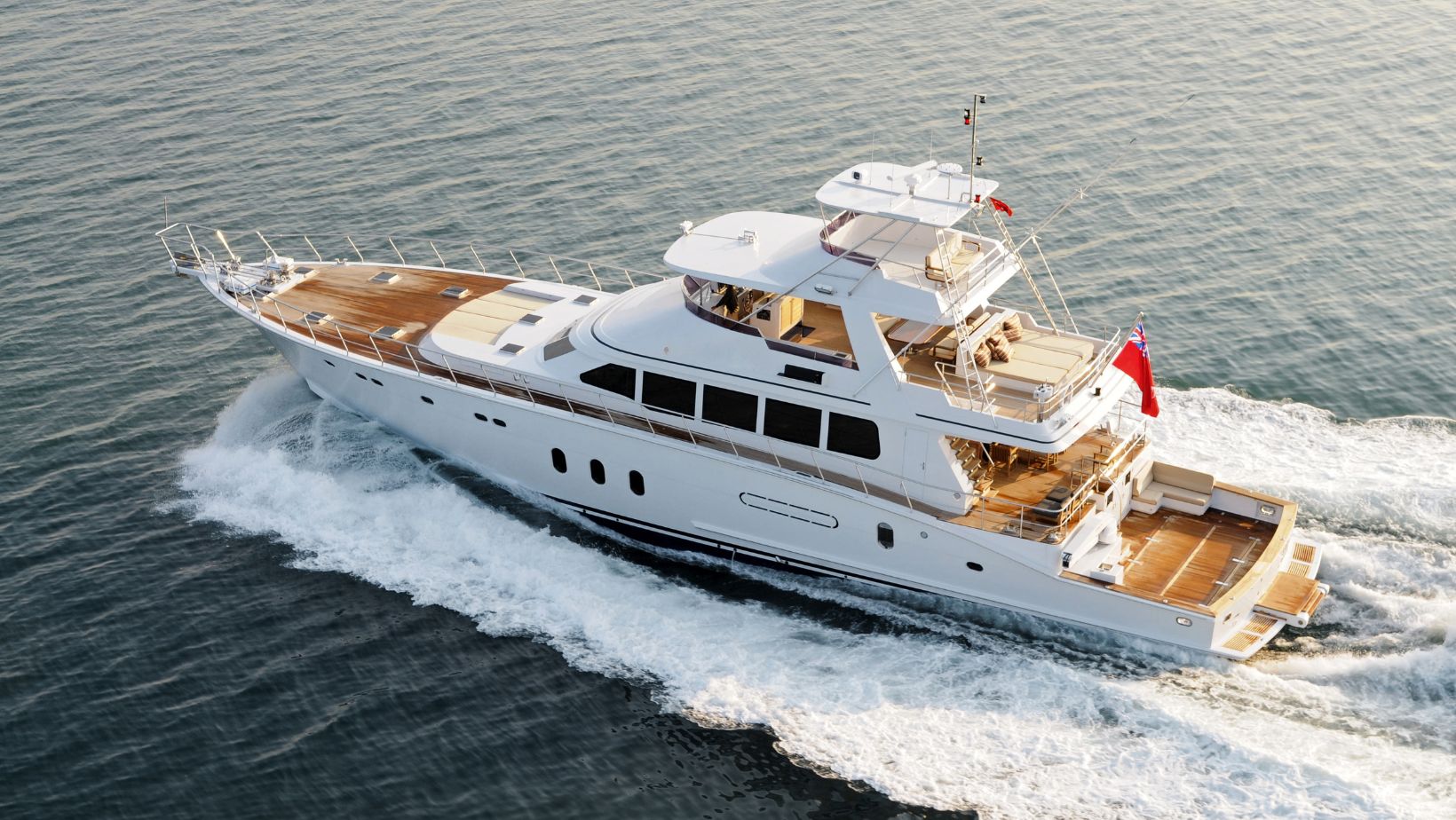Long-range cruising is changing fast, and trawler yachts are catching serious attention. These boats promise endurance and comfort, but what exactly makes them stand out in 2025? More boaters are eyeing extended sea travel, yet not all vessels are made for the journey.
Fuel costs, safety concerns, and onboard space raise real questions for travelers. Trawler yachts seem to check a lot of boxes, but are they the best fit? Their slow pace might not sound thrilling, but it serves a purpose.
From smart systems to improved stability, modern models offer more than meets the eye. Comfort now matters just as much as capability on open water. This article will explore why trawler yachts are becoming an ideal choice for serious cruisers today.
Fuel Efficiency That Supports True Long-Distance Travel
Trawler yachts are engineered for fuel economy over thousands of nautical miles. Their hull shape reduces drag and helps maintain a steady cruising pace. Most trawlers use diesel engines that consume less fuel at low speeds.
The Luxury Playbook notes that the speed you cruise greatly affects your yacht’s fuel consumption rate. Most yachts reach peak fuel efficiency at 70-80% of their engine’s maximum RPM. Sailing faster than this optimal speed increases fuel use disproportionately.
A slow-and-steady approach stretches the travel range between fuel stops. Efficiency allows access to remote areas with limited fuel infrastructure available. Many trawler owners install larger fuel tanks for extended autonomy offshore.
Hybrid propulsion systems are emerging in newer trawler models as well. Long-range cruisers value how each gallon of fuel lasts longer aboard. All of this makes trawlers a smart option for long ocean passages.
Onboard Comfort That Feels Like a Floating Home
Trawler yachts provide spacious interiors that support full-time or long-term living easily. Many include full kitchens, generous sleeping quarters, and walk-in showers.
According to North Pacific Yachts, the layouts resemble apartments rather than traditional boat cabins. Trawler decks allow for outdoor dining and lounging under shade. These comforts make living aboard easier for families and retirees alike.
Climate control systems keep cabins pleasant in hot or cold regions. Market Research Future states that vapor compression systems dominated marine climate control in 2023, capturing over 60% revenue share. Absorption systems are growing by using waste heat from engines to improve efficiency. Evaporative cooling is ideal for hot, humid climates, offering energy-saving benefits.
Soundproofing and insulation improve sleep quality during overnight passages. High ceilings and wide beams add to the overall livability inside. Every design feature supports a home-like experience while exploring distant waters.
Advanced Navigation and Safety Systems
Modern trawler yachts include smart navigation tools for safe and efficient travel. These systems assist with plotting routes and avoiding dangerous weather patterns. Radar, sonar, and autopilot improve situational awareness and reduce crew fatigue.
Many latest models include integrated displays and real-time data sharing functions. Redundant systems provide backups in case of electronics failure offshore. AIS technology alerts nearby vessels to your position and heading.
Also known as the Automatic Identification System, AIS uses four VHF channels to share navigation data worldwide. AIS automatically sends vessel position, speed, and heading, plus static data like ship name and cargo. It was created to improve maritime safety, especially in busy or bad weather zones.

Trawlers also come with advanced hull monitoring and bilge alarm systems. Night vision cameras and thermal imaging enhance visibility in low-light settings. These tools empower cruisers to handle longer trips with confidence and ease.
Stability and Seaworthiness That Handle Rough Conditions
Trawlers are designed with deep displacement hulls that increase stability at sea. Their low center of gravity helps resist rolling in choppy conditions. Stabilizer fins and gyroscopic systems reduce motion for comfort underway.
This stability gives peace of mind when cruising through unpredictable ocean weather. Even during extended storms, trawlers remain composed and navigable under pressure.
Moreover, Marine Insight mentions that durable construction materials are used to withstand corrosion. Generally, corrosion-resistant alloy or stainless steel is used as it greatly minimizes ship corrosion. Smart design decisions play a key role in controlling corrosion throughout the vessel’s service life.
Handrails and protected walkways add security for passengers moving on board. Crew members can focus on steering and systems rather than holding their balance. That dependable seaworthiness makes trawlers a favorite for open-water expeditions.
Versatility for Every Kind of Cruiser
Trawler yachts appeal to different cruising lifestyles and levels of experience. Some are compact for solo adventures or couples’ long-distance getaways. Others are full-displacement trawlers built for global exploration and ocean crossings.

Many offer customization options for interior layout, engine power, and navigation equipment. Owners can travel inland waterways or cross oceans on the same vessel. Trawlers support fishing, diving, remote anchoring, and other water-based hobbies easily.
Generous deck space and safety features make trawlers ideal for pets and children. Their slow pace encourages exploration rather than rushing from port to port. Thanks to their versatility, trawlers are standing out as a preferred cruising choice.
FAQs
How Can Route Planning Influence the Fuel Savings of a Yacht?
Effective route planning helps avoid unnecessary detours and reduces travel through high fuel consumption areas. Utilizing current-assisted routes lowers engine strain and conserves fuel. Advanced digital tools forecast fuel needs by analyzing sea conditions and engine performance, optimizing efficiency.
How Do Air Quality Systems Affect Onboard Health?
Ventilation and purification systems eliminate humidity, odors, and allergens inside cabins. Clean air enhances sleep quality and prevents mold and mildew growth. Air filters and dehumidifiers are especially important for passengers with respiratory issues, promoting a healthier onboard environment.
How are Onboard Systems Protected from Cybersecurity Threats?
Firewalls, encryption, and secure networks protect navigation data from cyber threats. Layered access controls combined with frequent software updates prevent unauthorized access. As yachts use more connected and cloud-based systems, strong cybersecurity measures become essential to safeguard onboard technology and sensitive information.
Trawler yachts combine fuel efficiency with home-like comfort for long-range cruising. Their advanced technology enhances safety and ease during extended voyages on open water. These vessels offer robust seaworthiness and adaptable design, meeting modern mariners’ key needs effectively.
Trawlers provide more than transportation, they create a secure and livable platform for life at sea. Integration of smart technology continues to improve functionality and user experience on board. As cruising trends evolve, trawlers are expected to remain a practical choice for serious explorers.


 By
By 




